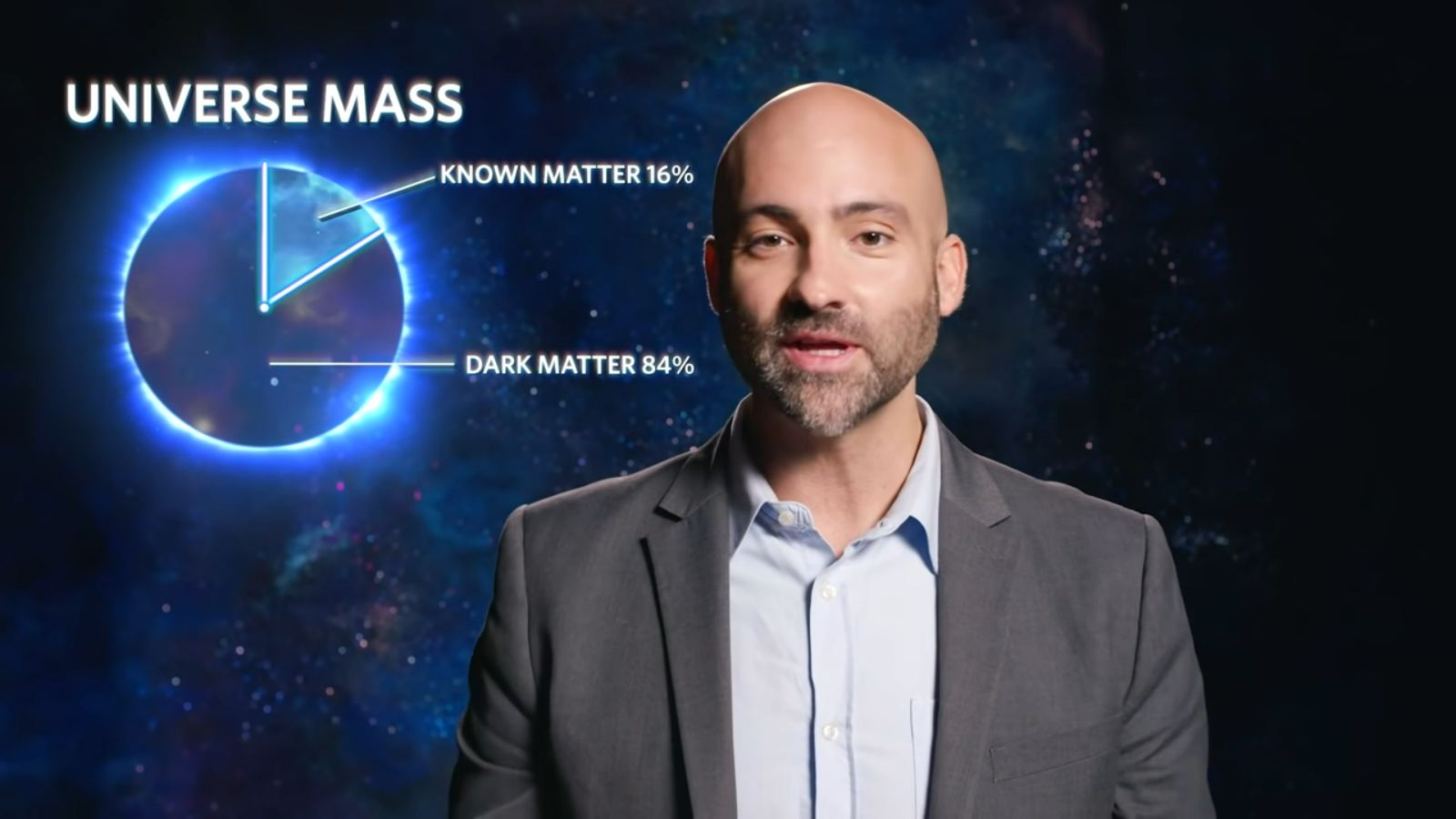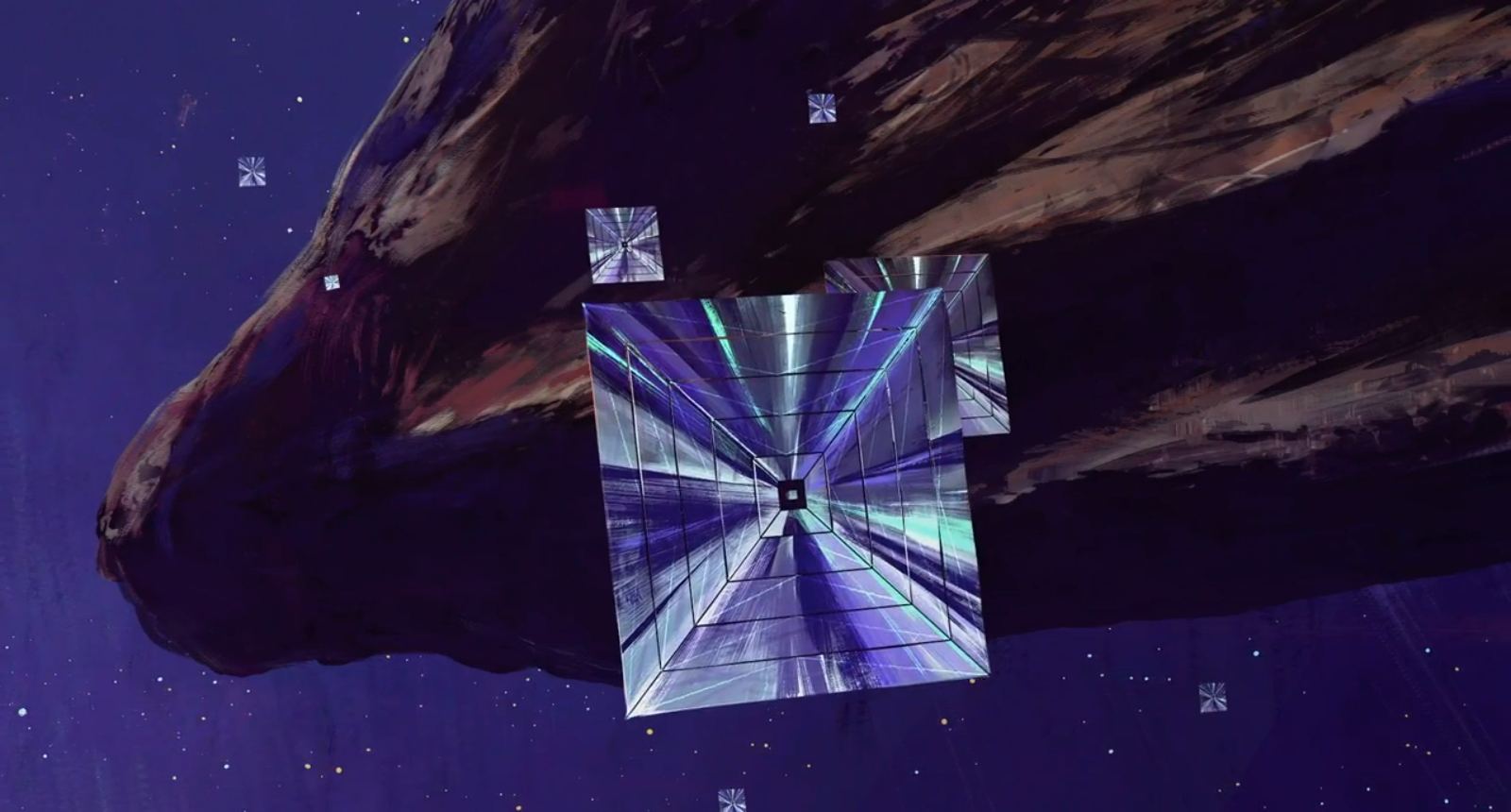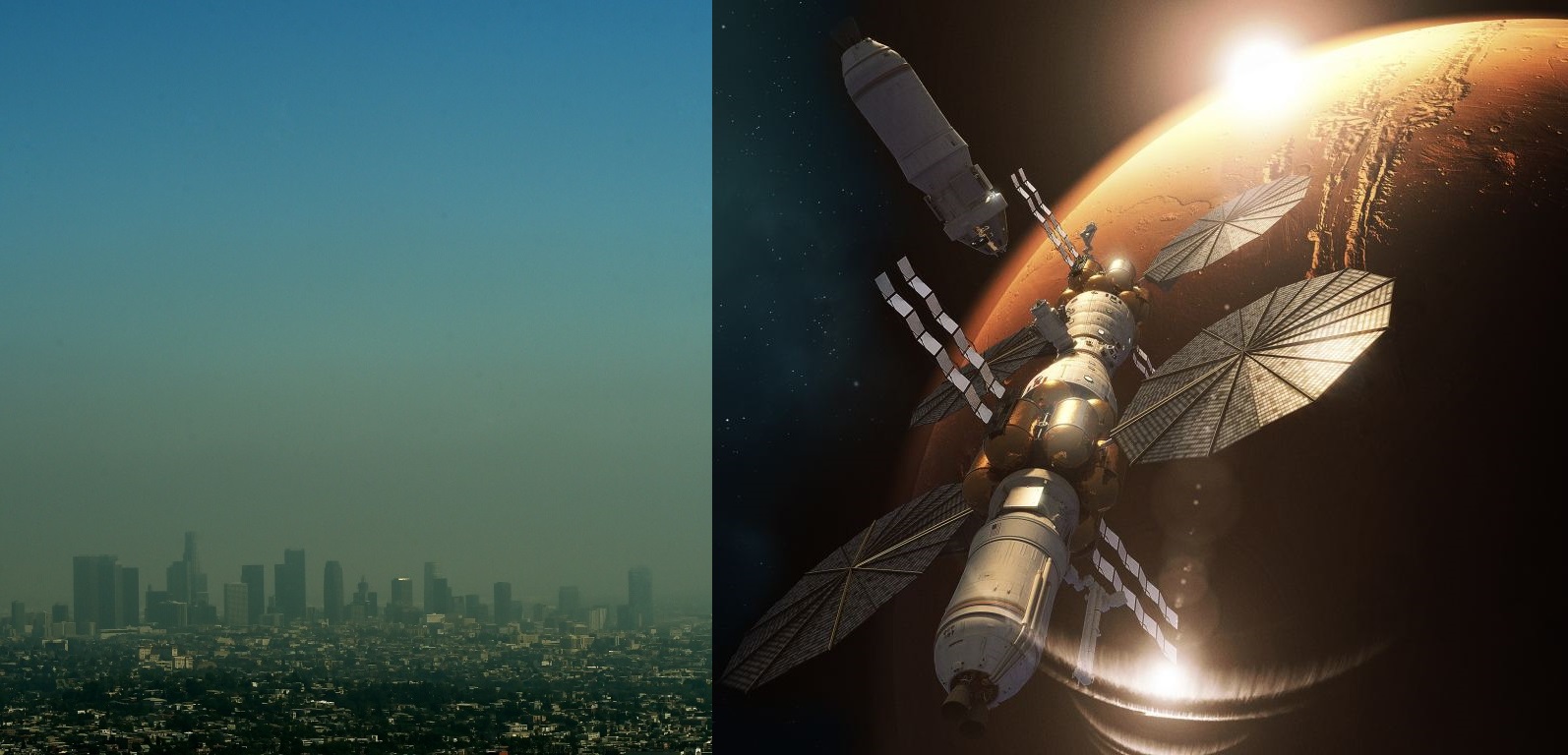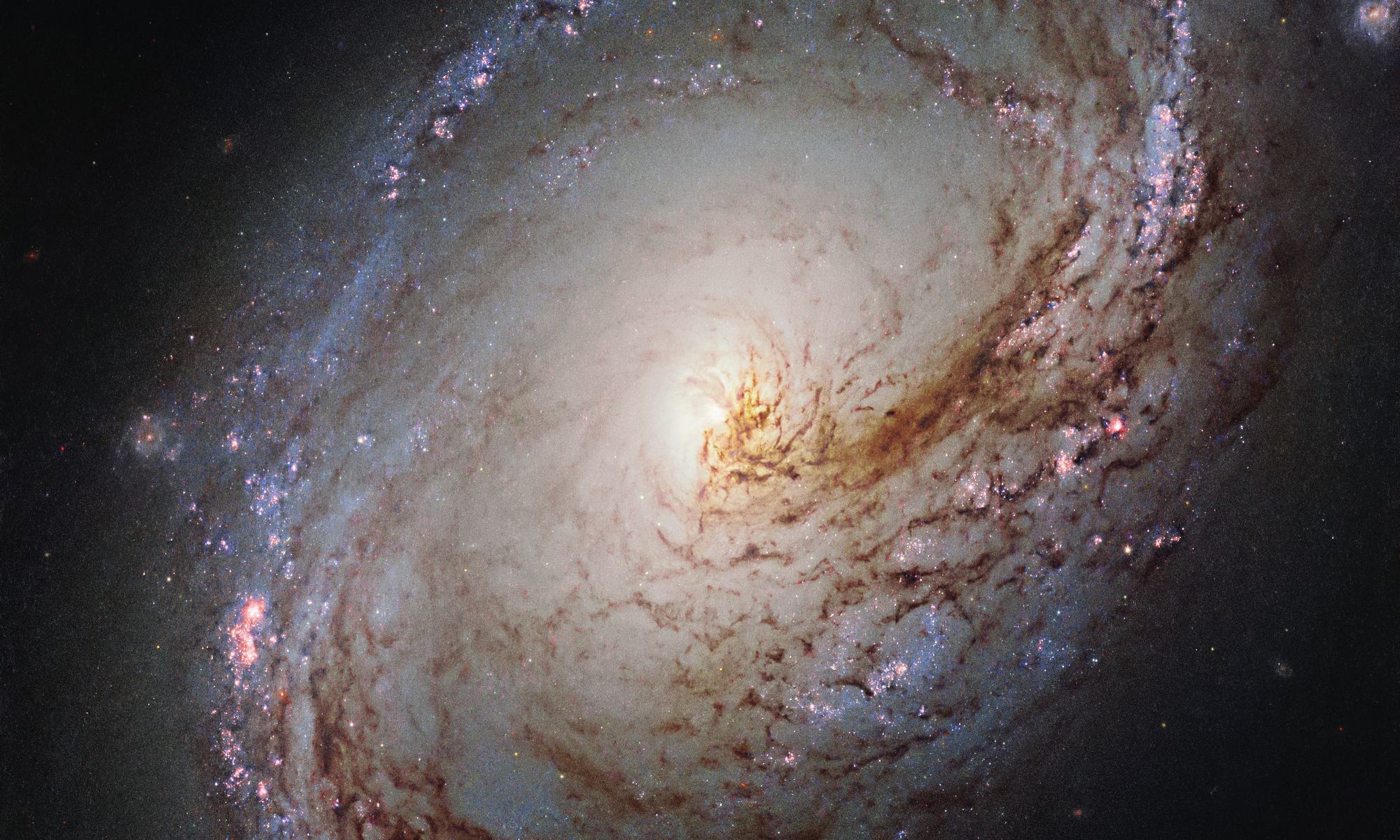Unistellar’s eVscope has proven its ability to do serious astronomy, with more to come in 2022.
There’s a revolution underway in how amateur astronomers contribute to modern astronomy. Smartscopes—telescopes controlled remotely via tablets or smartphones—are making there way into the modern amateur telescope market and out into the field. These have the ability to not only bring deep-sky astronomy to light-polluted urbanites, but to lower the bar for entry into deep-sky astrophotography. One of the leading manufacturers of smartscopes is Unistellar. First offered as a Kickstarter project in 2017, Unistellar’s line now includes the eVscope eQuinox, and the new eVscope2.
Continue reading “Unistellar’s Plans for Science and Astronomy in 2022”









